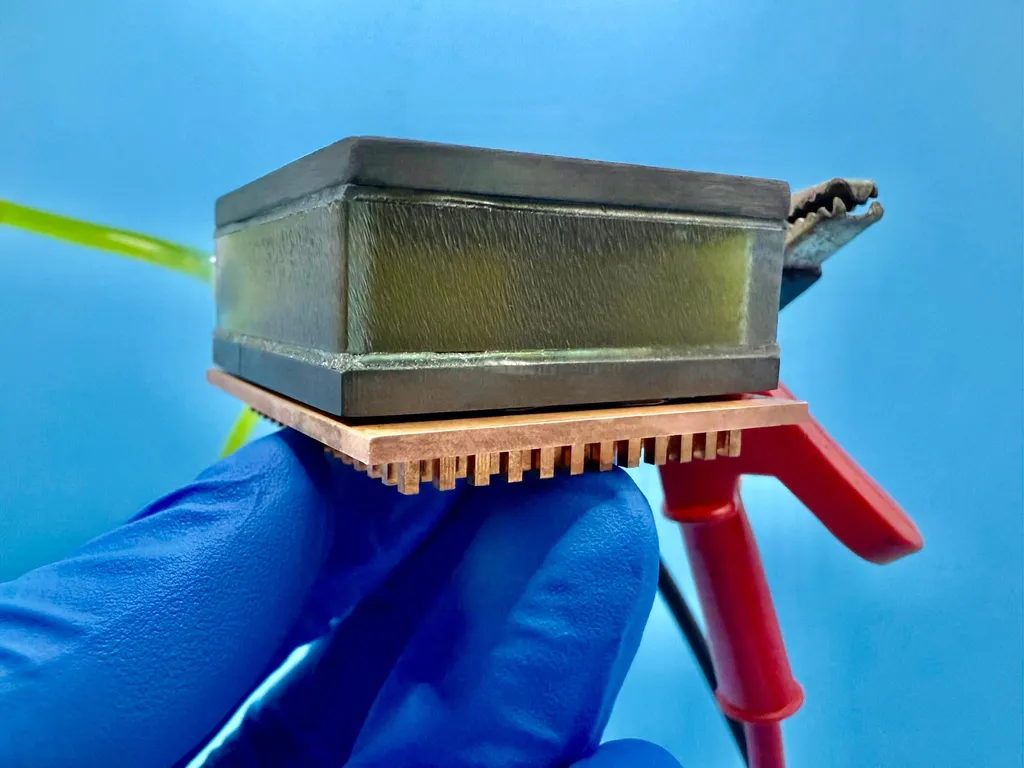In the quest for more efficient energy solutions, a team of researchers from the School of Materials Science and Engineering at Wuhan University of Technology has made a significant breakthrough. Led by Dr. Hu Chengwei, the team has developed a novel thermal radiation coating that could revolutionize the energy sector by enhancing the performance of thermal management systems.
The researchers focused on improving the infrared emissivity of NiCr2O4 coatings, a material widely used in high-temperature applications. By co-doping the coating with MnO2 and VB2, they discovered a remarkable enhancement in its infrared emissivity. “The co-doping of NiCr2O4 with MnO2 and VB2 can more effectively improve the infrared emissivity of the coatings than the doping of MnO2 or VB2 alone,” Dr. Hu explained.
The coating with a 1:1 doping ratio of MnO2 and VB2, dubbed MV11, exhibited the highest emissivity. In the 0.75-2.5 μm wavelength range, the room temperature band emissivity of the MV11 coating reached 0.928, and in the 2.5-25 μm range, the infrared emissivity increased from 0.884 at room temperature to 0.918 at 1000 °C. This enhancement is attributed to the transition metal ions and B ions entering the spinel lattice, increasing the concentration of oxygen vacancies, introducing partial energy levels into the bandgap, and causing lattice distortions. These changes enhance free carrier transition absorption and infrared lattice vibration absorption.
The implications for the energy sector are profound. High-emissivity coatings like MV11 can improve the efficiency of thermal management systems, which are crucial for power generation, aerospace, and automotive industries. By enhancing the emissivity, these coatings can help dissipate heat more effectively, leading to improved performance and longevity of components.
Moreover, the coatings demonstrated excellent thermal shock resistance. After 30 thermal cycles of water cooling at 25-750 °C, microcracks appeared in the coating, but the phase structure did not change significantly, and the emissivity decreased only slightly. This robustness makes the coatings suitable for harsh environments, further expanding their potential applications.
Dr. Hu’s team published their findings in the journal *Cailiao gongcheng*, which translates to *Journal of Materials Engineering* in English. This research not only advances our understanding of thermal radiation coatings but also paves the way for innovative solutions in energy efficiency and thermal management.
As the world continues to seek sustainable and efficient energy solutions, breakthroughs like this one are crucial. The development of high-emissivity coatings could lead to more efficient power plants, advanced aerospace technologies, and improved automotive systems, ultimately contributing to a more energy-efficient future.

